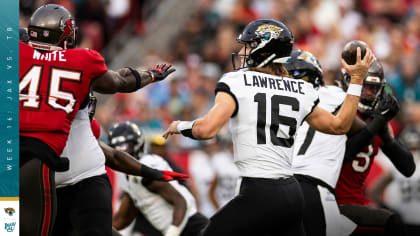A Comprehensive Guide to UPI Payment Charges in 2023: Everything You Need to Know.

Introduction:
The Unified Payment Interface (UPI) has revolutionized the way we make digital payments in India. Launched in 2016, UPI has become the most popular mode of digital payments in the country, with over 3.5 billion transactions worth more than Rs. 6.4 lakh crore in January 2023. However, while UPI payments are convenient, fast, and secure, it is important to understand the various charges associated with them. In this blog post, we will discuss everything you need to know about UPI payment charges in 2023.
-
UPI Transaction Charges:
The first charge associated with UPI payments is the transaction charge. As per the guidelines set by the National Payments Corporation of India (NPCI), the organization that manages UPI, banks and payment service providers (PSPs) are allowed to charge a maximum of Rs. 0.30 per transaction. However, many banks and PSPs offer free transactions, making UPI one of the most affordable modes of digital payments.
-
UPI Merchant Discount Rate (MDR):
The UPI Merchant Discount Rate (MDR) is a fee charged by the bank or PSP to the merchant for accepting UPI payments. The MDR is expressed as a percentage of the transaction value and is set by the NPCI. Currently, the MDR for UPI transactions is 0.30% for transactions up to Rs. 1,000 and 0.40% for transactions above Rs. 1,000. The MDR for UPI QR code payments is 0.30% for transactions up to Rs. 1,000 and 0.80% for transactions above Rs. 1,000. It is important to note that the MDR is not charged to the customer making the payment.
-
UPI Overdraft Charges:
UPI Overdraft is a feature that allows users to withdraw money from their bank account even when there are insufficient funds in their account. However, banks may charge a fee for using the UPI Overdraft feature. The fee charged may vary from bank to bank and may be a percentage of the amount withdrawn or a fixed fee.
-
UPI Cash Withdrawal Charges:
Some banks allow customers to withdraw cash using UPI. However, banks may charge a fee for this service, which may vary from bank to bank. Customers are advised to check with their bank for the applicable charges.
-
UPI International Transaction Charges:
UPI is primarily designed for domestic transactions in India. However, some banks may allow customers to use UPI for international transactions. Banks may charge a fee for this service, which may vary from bank to bank.
Conclusion:
UPI payments have made digital transactions faster, easier, and more convenient than ever before. However, it is important to be aware of the various charges associated with UPI payments. While some banks and PSPs offer free transactions, others may charge fees for various services.
By understanding the charges associated with UPI payments, customers can make informed decisions and choose the most affordable payment option. With the increasing popularity of digital payments, it is essential to stay informed about the latest charges and fees associated with digital transactions.
In conclusion, UPI payments are the future of digital payments in India, and understanding the charges associated with them is essential for making informed financial decisions. As the digital payments landscape evolves, we can expect to see more changes in the charges and fees associated with UPI payments.
By staying informed and up-to-date with the latest developments, we can make the most of this innovative payment system.
UPI Payment Charges, Digital Payments, Online Transactions, Banking, Mobile Payments
Lionel Messi Leads Argentina to Victory in Record-Breaking Night



